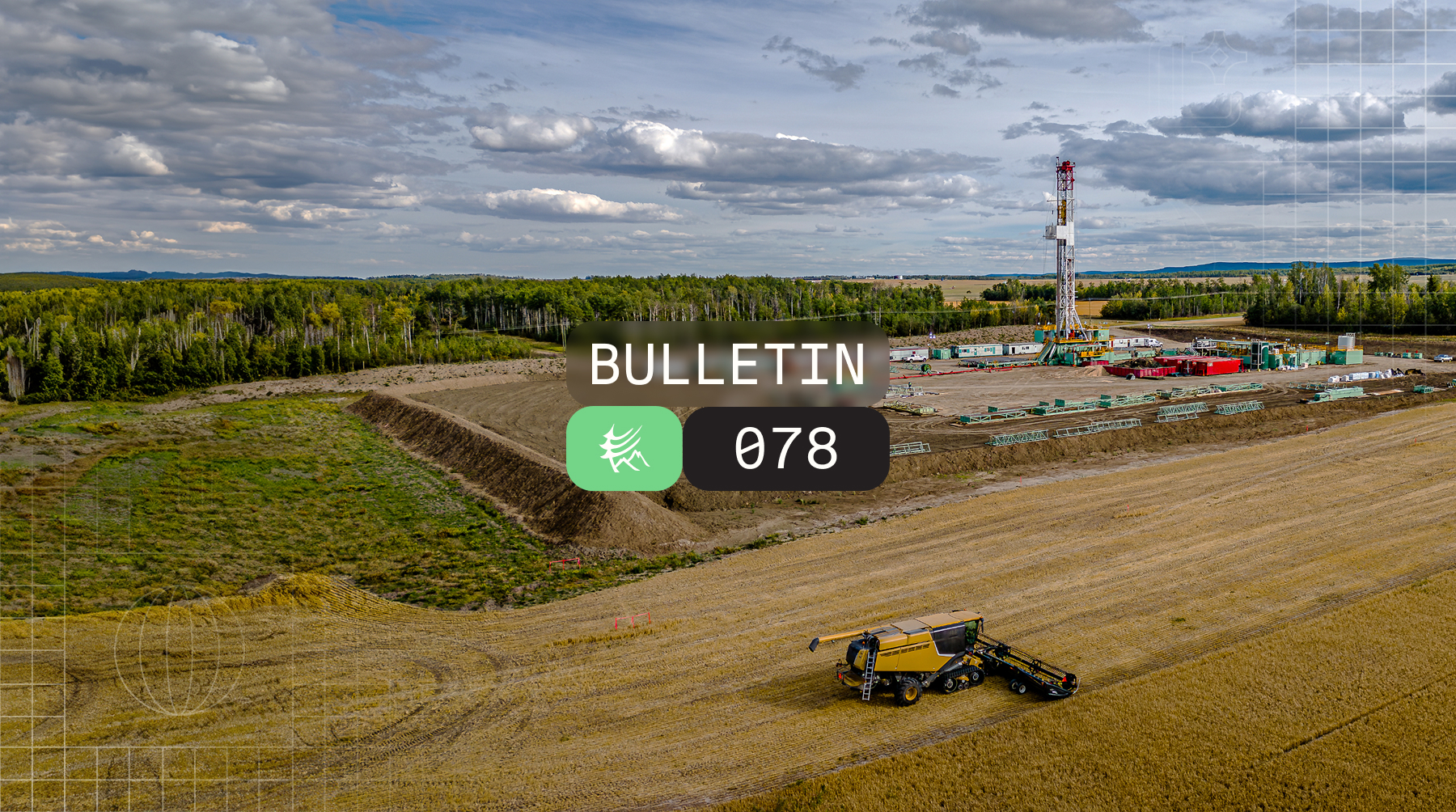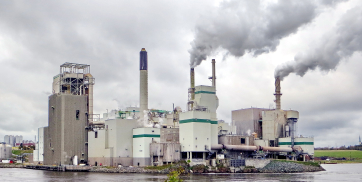In the methane policy world, we’ve been inundated with updates lately. Environment and Climate Change Canada (ECCC) released its regulatory framework to slash methane emissions. US states like New Mexico have been finalizing their own methane regulations. COP27 brought about a flurry of commitments and targets. And, of course the US Environmental Protection Agency (EPA) released its long-awaited update to its methane rules, known as OOOOb and OOOOc.
The team at Highwood and many others have been working hard to dissect the new proposed standards and unpack what they mean, so I won’t duplicate their work here. I want to take a moment to zoom out from the specifics of each rule and instead think about what these rules today say about how far we’ve come in our collective understanding of methane. Since I think EPA’s most recent proposed rules illustrate it best, I’ll focus there.
Prior to my work leading Kairos Aerospace’s policy strategy to bring advanced methane leak detection to the mainstream, I worked for Western Energy Alliance, an oil and gas trade group that represents independent oil and gas producers on federal policy issues. I was deeply involved in the EPA’s OOOOa rule, which was the Obama administration’s methane rules package and forerunner to today’s OOOOb and OOOOc rules package.
How did we get here?
Released in 2015, the OOOOa rule was the first serious attempt to address methane emissions directly from US oil and gas production at the Federal level. It was revolutionary in its embrace of what at the time was “cutting edge” technology – the handheld optical gas imaging camera, in addition to Method 21 methane concentration analyzers. The rule defined leaks based on parts per million (ppm), and was a reflection of our understanding of methane at the time.
There was lively discussion around whether twice yearly leak surveys were excessive – perhaps annual or biennial checks would be enough–and whether the threshold to address a leak should be 500 or 10,000 ppm.
The OOOOa rule passed, and ultimately survived several legal challenges and attempts by the Trump administration to make significant changes. In 2018, there was another rulemaking to “modernize” parts of the OOOOa rule, creating things like a better pathway for EPA to review more advanced technologies like remote sensing systems to find and fix methane leaks. We celebrated, because EPA appeared to open the door to relaxing its requirements for new methane detection technology approval. Now, multiple sites could be covered by an alternative technology application, instead of requiring every single wellsite to go through the federal notice and comment process. It was progress, albeit agonizingly slow and incremental.
So what changed?
Today, EPA’s proposed rules look nearly unrecognizable alongside that first OOOOa rule. From the ringing support of alternative technology, to the end of emitting pneumatic devices, and the complete overhaul of processes like liquids unloading, EPA rules have rocketed forward in terms of their stringency, yes, but also their sophistication, as knowledge of emissions has grown.
The current EPA rules look like policy that was crafted with a careful eye on the state of the science of methane emissions. In 2014 and 2015, when the OOOOa rules were being developed, technologies like the ones used to quantify basin-scale methane emissions were a distant dream. Now, we have millions of measurements pouring in each year from satellites, aircraft, drones, and continuous sensing platforms. We’ve had groundbreaking papers published that upended the conventional wisdom about the size and nature of methane leaks. The science of methane had its renaissance – the question was if and when the policy of methane would have its own.
Where do we go next?
The current proposal by EPA is not without its controversy. It’s unquestionably a tough rule in many respects. The oil and gas industry will need to make significant investments in order to comply. And, of course, there will always be voices pushing us to go farther. As we all dig into the public comment process and work with stakeholders, it’s important we continue to push the boundaries of science and policy. But just as important, we ought to take a moment and recognize the tremendous strides made by the community that’s so deeply focused on understanding methane emissions. Without that work, it’s easy to imagine a methane rule today that would look drastically different from the one we have, where leaks are still measured in ppm, new technology is ignored, and we follow that pace of agonizingly slow improvements. The staff at EPA deserves credit as well – the methane mitigation industry has been moving at a breakneck pace, and digesting it all to create coherent policy is no easy task.
For members of the methane community, it’s critical that we think about our work as a part of the larger ecosystem. As we deepen our understanding of methane emissions, that work needs to be accessible and credible to the organizations and people downstream, like policymakers. And that downstream work needs to be done with an eye to what we’re constantly learning. This latest proposed rule shows we’re capable of making those connections. It’s up to us to stick with it.





